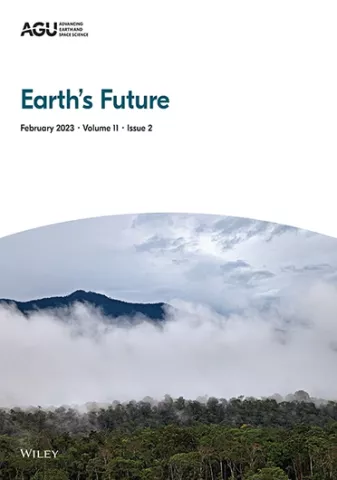Abstract
Climate change is affecting the agriculture, water, and energy sectors in East Africa and the impact is projected to increase in the future. To allow adaptation and mitigation of the impacts, we assessed the changes in climate and their impacts on hydrology and hydrological extremes in East Africa. We used outputs from seven CMIP-6 Global Climate Models (GCMs) and 1981–2010 is used as a reference period. The output from GCMs are statistically downscaled using the Bias Correction-Constructed Analogs with Quantile mapping reordering method to drive a high-resolution hydrological model. The Variable Infiltration Capacity and vector-based routing models are used to simulate runoff and streamflow across 68,300 river reaches in East Africa. The results show an increase in annual precipitation (up to 35%) in Ethiopia, Uganda, and Kenya and a decrease (up to 4.5%) in Southern Tanzania in the 2050s (2041–2070) and 2080s (2071–2100). During the long rainy season (March–May), precipitation is projected to be higher (up to 43%) than the reference period in Southern Ethiopia, Kenya, and Uganda but lower (up to -20%) in Tanzania. Large parts of Kenya, Uganda, Tanzania, and Southern Ethiopia show an increase in precipitation (up to 38%) during the short rainy season (October–December). Temperature and evapotranspiration will continue to increase in the future. Further, annual and seasonal streamflow and hydrological extremes (droughts and floods) are projected to increase in large parts of the region throughout the 21st century calling for site-specific adaptation.

